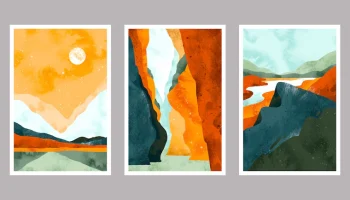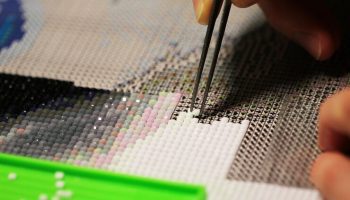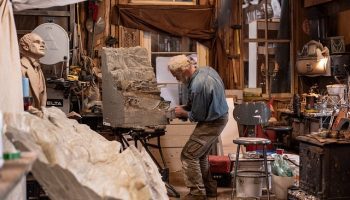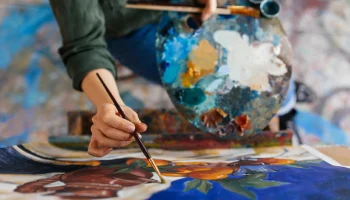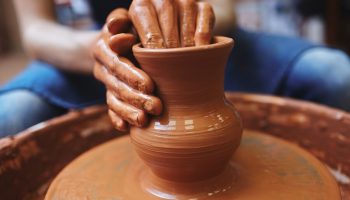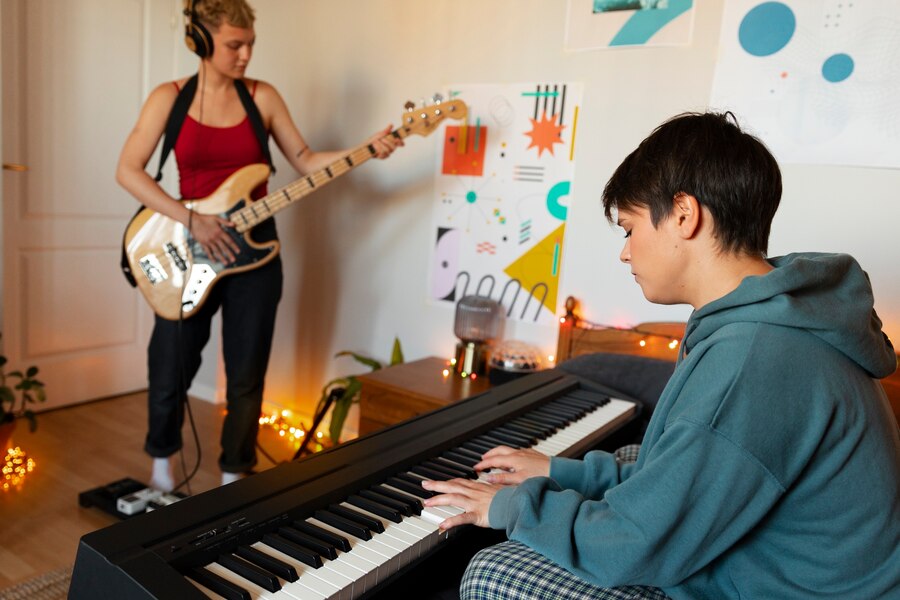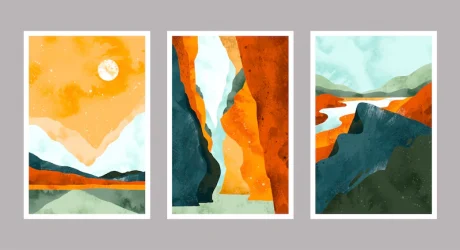In the realm of music, the fusion of art and technology opens doors to unprecedented experiences delving into this enchanting intersection where the timeless elegance of the piano meets the cutting-edge advancements of virtual reality. Let’s explore how these two seemingly disparate worlds have converged to create a new dimension of musical expression and learning.
The Evolution Of Technology In Piano Playing
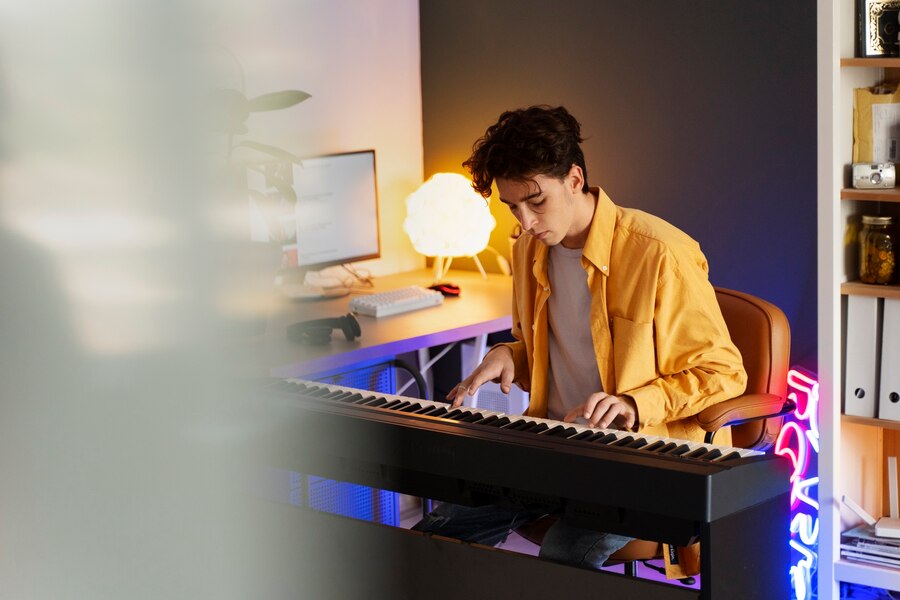
The piano, as an instrument, has a storied history that intertwines closely with the evolution of music and technology. This section offers a deeper look into how these technological changes have influenced not only the instrument itself but also the broader landscape of music and culture.
Historical Beginnings
The early piano, emerging in the early 18th century, was a product of the desire for more dynamic and expressive keyboard instruments, compared to its predecessors like the harpsichord and clavichord. Invented by Bartolomeo Cristofori in Italy, the early pianoforte was revolutionary in its ability to play both soft (piano) and loud (forte) notes, a feature not present in earlier stringed keyboard instruments.
Acoustic Refinements
Over the centuries, the piano underwent significant refinements. The 19th century, in particular, saw the most dramatic changes. The introduction of iron frames and overstrung strings in grand pianos allowed for richer, more resonant sounds and greater durability. These changes enabled composers and pianists to explore new musical possibilities, leading to the Romantic era’s expressive and dynamic compositions.
Rise Of The Digital Era
The late 20th and early 21st centuries marked the advent of digital pianos. These instruments use electronic samples to replicate the sound of an acoustic piano, offering several advantages such as volume control, no need for tuning, and the inclusion of various other instrumental sounds. This digital revolution made pianos more accessible and versatile, fitting into a variety of spaces and budgets.
Impact On Musical Styles And Education

With each technological advancement, musical styles adapted. The grandeur of the acoustic piano lent itself to the expansive works of composers like Beethoven and Chopin, while digital pianos have found their place in contemporary genres like pop and electronic music. In terms of education, these developments have democratized learning, allowing students to practice on keyboards that mimic the feel and sound of acoustic pianos at a fraction of the cost.
Cultural Significance
The piano’s evolution reflects broader cultural shifts. The grand piano became a symbol of sophistication and artistry, gracing concert halls and salons. Meanwhile, digital pianos and keyboards reflect the modern era’s emphasis on accessibility, innovation, and versatility.
Virtual Reality Applications For Piano Players
Virtual reality, a frontier of modern technology, is carving a niche in piano education and performance. This segment of the article explores the diverse applications of VR in the domain of piano playing. VR’s engaging environment for learning to play piano at home, from virtual concert halls to interactive learning modules, offers a fresh perspective on piano education. The piece examines various VR platforms and applications, discussing their unique features and the new dimensions they add to both novice and expert piano playing.
Case Studies And Success Stories
The real-world impact of VR on piano playing is highlighted through various case studies and success stories. This section presents a collection of experiences from individuals and institutions that have integrated VR into their piano learning and teaching practices.
These narratives not only demonstrate the efficacy of VR in skill enhancement but also its role in fostering creativity, engagement, and a deeper appreciation of music. The success stories, drawn from diverse global contexts, underscore the potential of VR in revolutionizing piano playing in the contemporary world.
Future Trends And Innovations

The horizon of virtual reality in piano playing is dotted with promising trends and innovations. As technology advances, we anticipate more sophisticated VR systems that offer even more realistic and interactive piano-playing experiences. Future developments might include
- enhanced haptic feedback
- providing users with a tactile experience akin to playing a traditional piano
- providing AI-integrated programs that adapt to individual learning styles
The potential for VR to collaborate with other emerging technologies like augmented reality (AR) and machine learning could further revolutionize piano education, making it more accessible and personalized. These innovations promise not only to refine the skill sets of pianists but also to expand the creative boundaries of what can be achieved musically through technology.
Ethical And Societal Implications
The integration of VR into piano playing raises important ethical and societal questions. One major concern is the issue of accessibility and the digital divide; VR technology might not be readily available to all, potentially widening the gap between those with access to cutting-edge educational tools and those without.
Additionally, there’s a need to balance technological advancements with the preservation of traditional piano-playing skills and techniques. It’s vital to ensure that the digitalization of music education complements rather than replaces the fundamental aspects of musicality and human touch in piano playing. Moreover, as we rely more on VR and other digital tools, the importance of addressing concerns like data privacy and the psychological effects of prolonged VR usage becomes paramount.
Final Thoughts
The evolution of piano technology and piano learning platforms is a testament to humanity’s relentless pursuit of artistic and technical excellence. From the ornate acoustic grand pianos that defined classical music to the versatile digital pianos shaping contemporary sounds, each phase of development has expanded the instrument’s possibilities, leaving a lasting impact on music and culture. As technology continues to advance, it’s exciting to imagine what the future holds for this beloved instrument.
Read Also:









